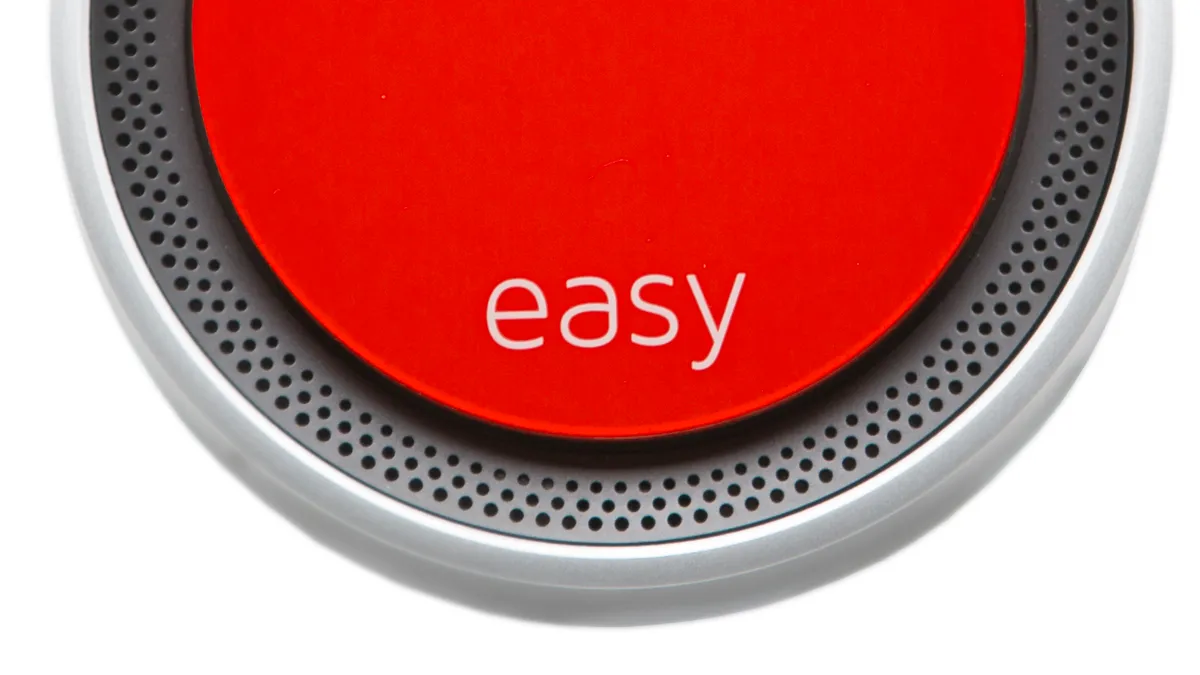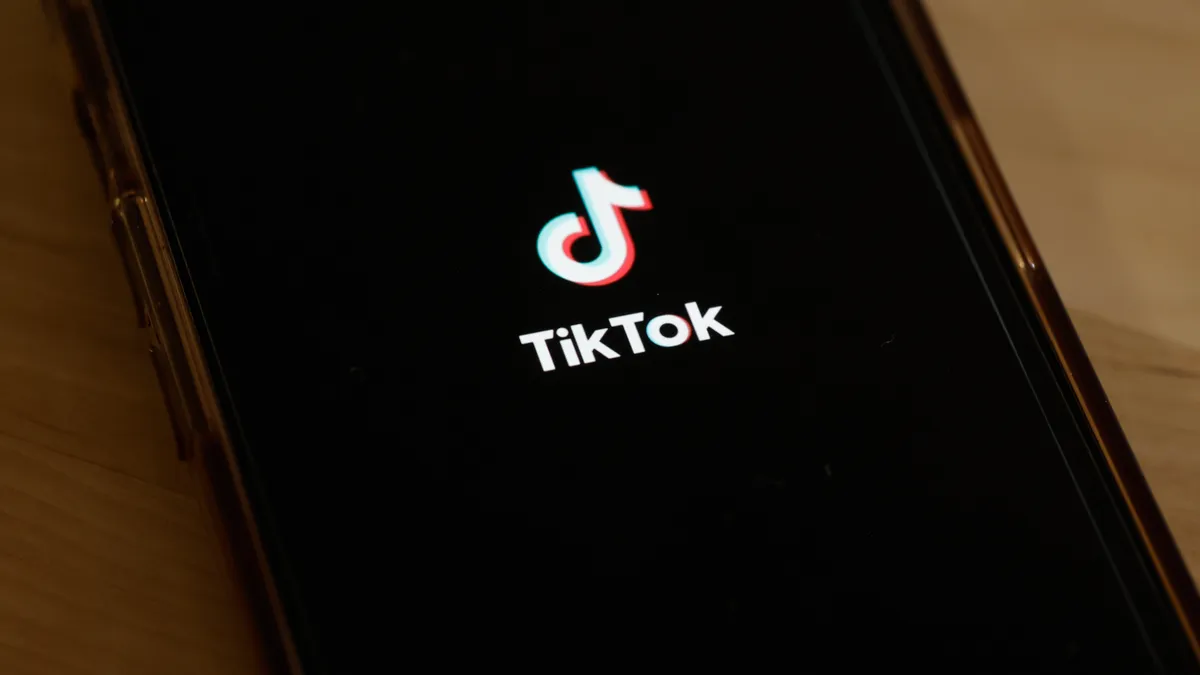Turnaround strategies have become a fact of everyday life in the retail sector. In 2016, we witnessed several longstanding brick-and-mortar brands, under investor pressure and otherwise facing tough market conditions, turn to their turnaround playbooks.
Many of the strategies they relied on to breathe new life into their brands had a lot to do with investing in some of the sector’s hottest technology innovations. While the comeback narratives of these companies remain incomplete for now, their IT moves offer them some hope.
Here’s how a number of major U.S. retailers deployed new technologies last year in attempts to turn themselves around for 2017.
Staples
Even before December, when top e-commerce executive Faisal Masud was appointed to the newly-created position of chief technology officer, office supplies retailer Staples already seemed to be deploying every technology trick in the book as part of its effort to reverse a string of financial losses, and lend its business new focus and energy in the wake of its failed attempt to merge with Office Depot.
The biggest and arguably most exciting example: Staples' aggressive leveraging of artificial intelligence. Using IBM’s Watson AI technology, Staples is bringing on-demand ordering for a variety of products through the Staples Easy Button and other devices. Staples doesn’t get credit for being the first retailer to use AI in such a way, but it clearly sees the possibilities for driving sales through AI-enabled devices and services.
Another major move that will be interesting to watch develop further in 2017 was Staples’ partnership with Managed by Q, announced in November. The retailer is giving its customers access to an online platform that connects them with providers of more than 100 business services.
Corporate setbacks also did not deter Staples from continuing to be aggressive on the mobile payments front. The retailer was among the first to accept Apple Pay in stores back in 2014, and this year it expanded acceptance to its mobile website and mobile application. Staples also in 2016 innovated around its logistics capabilities, rolling out the Staples Rush same-day delivery service, as well as buy-online/pickup in-store capabilities and shipping from Staples stores.
Staples still has a long way to go in its turnaround efforts, but from a technology point of view, it’s doing just about everything it can to use technology innovations to drive sales and improve customer support. Masud’s new role suggests we'll see even more of that in the year to come.
Sears
Let’s face it: Things have not been going well at Sears for a long time, and efforts to revive the company’s fortunes have not been enough. The venerable retailer recently swooned through its 20th straight quarterly loss, and is set to shut down even more stores.
Sears is still trying to rally, although it appears to be doing so from a point of much greater desperation than Staples, with several industry experts already predicting the retailer’s demise. However, if there is one bright spot in the company’s ongoing turnaround efforts — and there may be only one — it’s the technology integration projects designed to beef up the value of its Shop Your Way unit and loyalty program.
Most notably, Sears announced an integration partnership with Uber enabling the ride-sharing startup's passengers and drivers to link their Uber and Shop Your Way loyalty program accounts to earn more rewards points. The companies saw enough response to the integration that they recently expanded the program to 23 more markets. Sears also integrated Shop Your Way with mobile payroll platform Activehours to enable employees and Shop Your Way members to receive paycheck advances.
Aside from these efforts, there just might be one wild card yet to play in Sears' tech-driven attempt at turning itself around. We haven’t heard too much about WallyHome, the smart home sensor technology startup that Sears acquired in late 2015. WallyHome two months ago released its first product since the acquisition, and while the smart home product market is a bit crowded at present, it seems WallyHome could play a bigger role in the company’s comeback efforts moving forward. Will it get the chance? We’ll find out in 2017.
J.C. Penney
J.C. Penney seems to be much further along in its turnaround efforts than either Staples or Sears. The department store made a major commitment to a tech-driven turnaround in late 2015, and technology innovations and other rebound efforts appear to be paying off — at least tentatively.
J.C. Penney made strides this year improving its mobile app and overall enhancing its omnichannel capabilities, and in the second half of 2016 announced a three-year growth plan that put omnichannel efforts front and center. The company also has been recommitting to brick-and-mortar mall locations at the same time that it has been increasing its focus on new technology. If this balancing act works, other retailers trying to recover from dire straits could look to follow its model.
However, JCP is not out of the woods just yet, as it recently was forced to lower same-store sales guidance. Still, its tech moves arguably have helped it chip away at a mountain of financial losses that could result in brighter days ahead.
Other efforts
Staples, Sears and JCP certainly aren’t the only retailers trying to leverage technology projects to improve their prospects. Other brick-and-mortar stalwarts pressured to keep up with tech-driven times invested in new technology plays as well.
Nordstrom was particularly active, acquiring a stake in a supply chain software company, launching its first chatbot and bringing new capabilities to its mobile app. The department store chain even shuffled its executive ranks with its e-commerce future in mind, naming long-time executive Ken Worzel to head its digital efforts.
Elsewhere, Macy’s, like Staples, tapped IBM for some AI smarts to power a new personal shopping service.
Finally, who can forget that Sephora led the way among several brands to invest in chatbots, one of the technology trends that transformed retail in 2016.
While 2016 was a busy year in tech-driven turnaround strategies for retailers. 2017 is likely to be even busier in that regard, as more brick-and-mortar retailers finally confront a need to change how they do business, and more retailers in general realize that investing in technologies like AI and projects like omnichannel programs can give them a boost as the sector evolves further into a more tech-driven era.





















